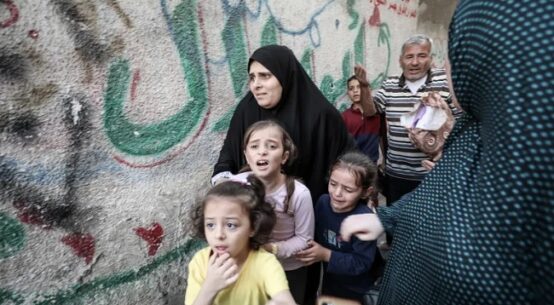Bangladesh has recorded the highest number of olive ridley turtle eggs laid on the country’s beaches this nesting season, thanks to extensive conservation actions.
A survey by the NGO Nature Conservation Management (NACOM) found 7,528 eggs at 58 spots on three different islands — Pachar, Shilkali and Shahpari — off the coastal district of Cox’s Bazar. That’s a 30% increase from the 5,763 eggs found in 54 spots in 2022, which in turn was a 22% increase from the 4,713 eggs recorded in 2021.
Of the seven sea turtle species, five occur in the waters off Bangladesh: the olive ridley turtle (Lepidochelysolivacea), green turtle (Cheloniamydas), hawksbill turtle (Eretmochelysimbricata), loggerhead turtle (Carettacaretta) and leatherback turtle (Dermochelyscoriacea). Only the first three of these come ashore to nest in Bangladesh, predominantly the olive ridley turtle.
The sharp increase in recent years in olive ridley eggs being recorded on Bangladesh’s beaches is due to various comprehensive conservation initiatives being undertaken by the government, NGOs and local communities, including volunteer work, said ShafiqueRahman, deputy project director of NACOM.
These include efforts to raise awareness among coastal communities about the importance of ensuring a safe environment for the turtles to lay their eggs, he added.
The olive ridley turtle is listed as vulnerable on the IUCN Red List. In the Cox’s Bazar region, adult female turtles lay their eggs on the beach in the dark of night, and the baby turtles usually hatch from November to April.
The government has initiated several actions to create a safe environment for the turtles, including setting up five conservation centers in Cox’s Bazar where eggs are incubated and hatched in a controlled environment to give the hatchlings a better chance of survival. Nesting grounds have also been set up on beaches to make it easier for the female turtles to haul themselves ashore and lay their eggs safely, said Md. SarwarAlam, divisional forest officer for the Cox’s Bazar region.
All this is happening with the involvement of local communities, he added.
Challenges ahead to protect the species
In its 2015 national report to the Convention on Biological Biodiversity, the Bangladesh government noted that turtle nesting grounds on beaches were being destroyed due to development activities and increased tourist traffic. Turtles were also dying after being ensnared in commercial fishing nets at sea, impacting the number of nesting turtles and eggs.

